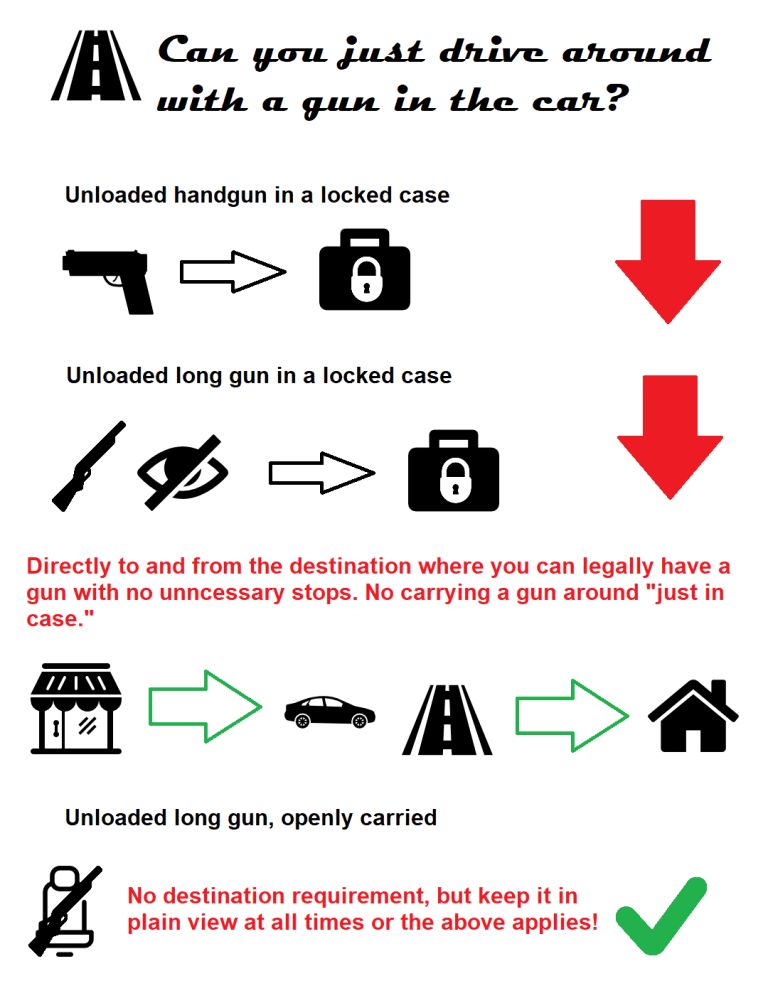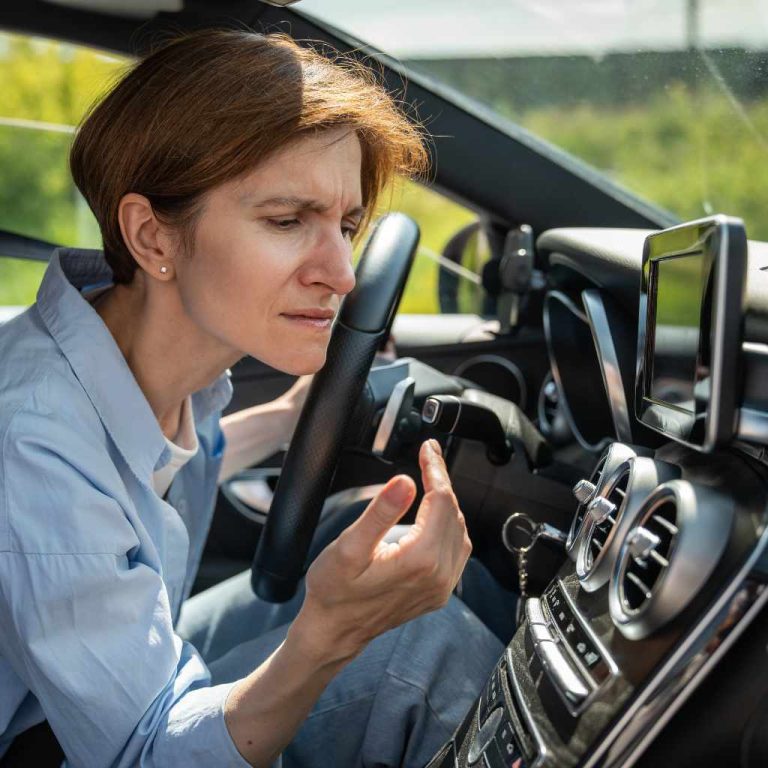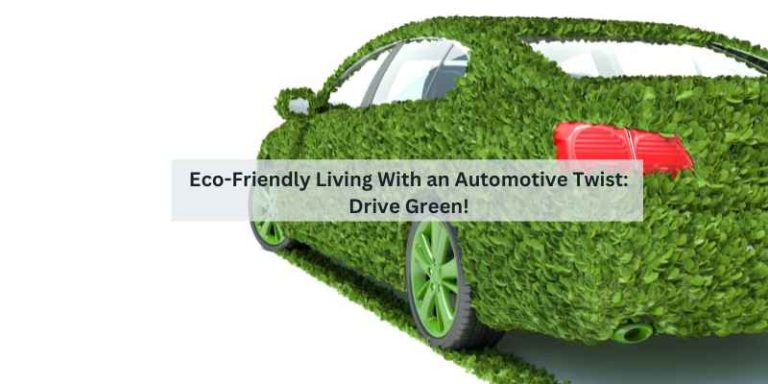Navigating City Life With a Car-Centric Mindset
Navigating city life with a car-centric mindset can be challenging, but it is important to adapt to the needs and realities of urban living. Embracing alternative modes of transportation, such as walking, cycling, and using public transit, can help reduce traffic congestion, improve air quality, and enhance the overall livability of cities.
This blog will explore the benefits of adopting a more people-centric approach to urban planning and offer practical tips for adjusting to a less car-dependent lifestyle. By prioritizing the needs of pedestrians and cyclists, cities can create safer and more sustainable environments that promote community engagement and well-being.
So let’s dive in and discover how to navigate city life with a mindset focused on people rather than cars.
The Rise Of Car-centric Cities
The historical evolution of urban areas has significantly impacted the prevalence of car-centric mindsets. With the rise of industrialization and urbanization, cities have evolved to accommodate increasing numbers of vehicles. This has had a profound impact on urban planning, leading to the prioritization of roads, parking spaces, and vehicle access. The impact on urban planning has been substantial, with designs and infrastructure often favoring private vehicles over other forms of transportation. As a result, cities have become car-centric environments, with implications for community connectivity, public spaces, and overall lifestyle.
Characteristics Of A Car-centric Urban Landscape
City life with a car-centric mindset influences the urban landscape significantly. The infrastructure focus in such areas revolves around extensive road networks and large parking areas, prioritizing vehicle access. This approach affects community and public spaces, often leading to a reduction in pedestrian-friendly zones and green areas. As a result, people are more reliant on cars for daily commute, leading to increased traffic congestion and environmental pollution. However, addressing these challenges requires tailored solutions that consider the unique considerations and challenges of each city.
Comparing Car-centric And People-centric Models
Car-centric cities prioritize private vehicles in their design and infrastructure, while people-centric cities prioritize the convenience and quality of life for the human population. The design philosophy of car-centric cities leads to extensive road networks and large parking areas, making cars the primary mode of transportation for daily life. However, this approach has negative impacts on community and public health, leading to loneliness, traffic congestion, and air pollution. To create people-centric cities, we need to focus on making walking and cycling safe, enjoyable, and convenient. This can be achieved by building duplexes, triplexes and apartment buildings near transit hubs and implementing low density urbanized areas that encourage the movement of people via private transportation. Each city has its unique challenges and considerations, so there is no one-size-fits-all solution. Change won’t happen all at once, but we need to make cities less car-dependent for the betterment of society.
Challenges Of Navigating City Life In A Car-dominated Environment
Living in a car-centric city poses numerous challenges for navigating city life. Traffic congestion is a major issue, leading to long commute times and increased stress. Moreover, the environmental impact of heavy car usage contributes to pollution and climate change. Finding solutions to these problems requires a shift towards sustainable transportation and urban planning that prioritizes public transit, walking, and cycling. This shift can lead to a more livable city with reduced traffic and improved air quality. Each city must address its unique circumstances to create a more people-centric environment that enhances the quality of urban life.
Benefits Of A Car-centric Mindset
- Convenience and speed
- Personal freedom
Living in a car-centric city offers many benefits, including convenience and speed. With your own car, you can easily get from point A to point B without having to rely on public transportation schedules or ride-sharing services. Additionally, having a car provides personal freedom, allowing you to go wherever you want, whenever you want, without worrying about schedules or routes. These benefits can make navigating city life much easier and more enjoyable for those with a car-centric mindset.
The Push Towards Less Car-dependent Cities
The push towards less car-dependent cities is gaining momentum with urban transformation initiatives and post-pandemic urban planning trends. One solution to fix car-centric cities is to encourage the building of duplexes, triplexes, and apartment buildings, especially near transit hubs. This would reduce the need for private vehicles and promote the use of public transportation. However, it is important to note that each city has its own unique considerations and challenges, and the same solutions may not work everywhere. To make cities less car-dependent, it is necessary to design cities in a way that makes walking and cycling safe, enjoyable, and convenient. Key elements include well-designed bike lanes, pedestrian-friendly streets, and efficient public transportation systems.
Practical Tips For Navigating Car-centric Cities
When navigating car-centric cities, it’s essential to optimize routes to minimize travel time and avoid congestion. Utilizing real-time traffic apps can help identify the most efficient paths. Additionally, balancing transportation modes by incorporating walking or cycling for short distances can reduce reliance on cars and alleviate traffic. Embracing public transportation for longer journeys can also contribute to a more sustainable urban environment.
Envisioning The Future: Towards Sustainable Urban Mobility
As cities continue to grow and develop, it is important to consider the impact of a car-centric mindset on urban mobility. Innovations in urban design, such as building duplexes, triplexes, and apartment buildings near transit hubs, can help reduce the need for cars. However, it is important to recognize that each city has its own unique considerations and challenges, and solutions that work in one city may not work in another. Additionally, policy and community action play a critical role in promoting sustainable urban mobility. By designing cities to make walking and cycling safe, enjoyable, and convenient, we can move towards a more people-centric approach to urban mobility.
Frequently Asked Questions
How To Fix Car-centric Cities?
Encourage building duplexes, triplexes, and apartments near transit hubs to reduce car dependency. Solutions will vary by city, with unique considerations and challenges. Prioritize pedestrian and cyclist-friendly urban planning to transform car-centric cities.
What Is A Car-centric City?
A car-centric city is an urban area where infrastructure mainly serves private vehicles, with extensive road networks and prioritized vehicle access.
What Are The Characteristics Of A Car Centered City?
A car-centered city is an urban environment that prioritizes private vehicles. It is characterized by extensive road networks, large parking areas, and urban planning that focuses on easy vehicle access. This setup caters to the movement of people primarily through private transportation.
Conclusion
Navigating city life with a car-centric mindset can have its challenges. While private vehicles may offer convenience and quick travel, it is important to consider the negative impacts on the environment, community, and overall quality of life. By prioritizing alternative transportation methods, such as walking, cycling, and public transit, cities can become more people-centric and create a sustainable urban environment.
Each city has its own unique considerations, and change may happen gradually, but the effort is necessary for a better future. Let’s strive for cities that prioritize the well-being of its residents and reduce reliance on cars.






